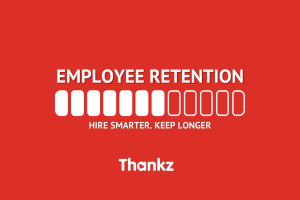In today’s digital world, it’s important for businesses to be able to stay focused and organized in terms of using digital channels to sell their products or services. The truth is that there are a huge number of channels to focus on, yet limited time and money to fully address them. Too often, businesses will think they need to be everywhere, but only spread themselves thin. Conversely, some businesses focus too deeply on a single channel, only to find their customers aren’t there often enough to make an impact on sales. Either way, the results are often less than optimal. That’s why coming up with a digital marketing plan is an important step to help businesses identify their best channels and get the most out of them.
Now, not all digital marketing plans are built equally. But the best plans have a handful of elements in common that form the basic building blocks for success. Here are some of the essential items every digital marketing plan should have.
Clearly Stated Goals and Objectives
Clearly stating goals and objectives will help ensure that any initiatives are focused on producing a desired outcome. Are they synonyms? Yes, but in terms of digital marketing, they’re more complementary. Think of goals as the big vision things you’d like to accomplish, and objectives are the milestones that will get you there. For example:
Goal: Increase website conversions by 10%.
Objectives:
- Increase site traffic by 30%
- Test 3-5 landing page designs
- Increase click-thrus on digital ads by 15%
We just made up these numbers, but you get the idea.
Customer Persona Analysis
Customer personas are basically snapshot summaries that give some basic facts and insights into who you’re targeting. These typically include demographic data (age range, geography, ethnicity/race, etc.), but they also often include more abstract information such as they’re own wants and desires for their lives and their challenges or pain points as they relate to your products or services. You may also want to include things like their favorite social media sites, where they get their news, what kind of media they consume, and anything else that may connect them to your products or services.
So, how do you go about developing customer personas? The easiest way is to ask them! That is, conduct interviews and surveys of your current customers to get a better understanding of what made them choose to spend money with your business.
Clear Messaging Hierarchy
Developing a clear set of messages is one of the most important exercises you can do to promote your business. Messaging helps ensure you not only communicate the correct “what” your product/service is, but also the “why” people should buy it, as well as any nuances in language needed to address your customers.
Generally, it’s good to break down your messaging into a hierarchy in the following way:
- Positioning Statement
- Reasons to Believe
- Support Points
Your positioning statement defines what you do and who you do it for, while also hinting at why you do it. Your reasons to believe are more explicitly appealing to your audience’s emotions, but also describe why they should buy from you. And the support points are the factual rationalizations that you use to back up these statements.
While these messages may not all appear simultaneously on your website or in your marketing, they will serve as a reference and a guide for any marketing collateral you create.
Looking for help developing a digital marketing plan? Thankz can help! We have an army of freelance and remote workers with deep marketing experience ready to help you succeed. Inquire here to find the one that best fits your needs.




